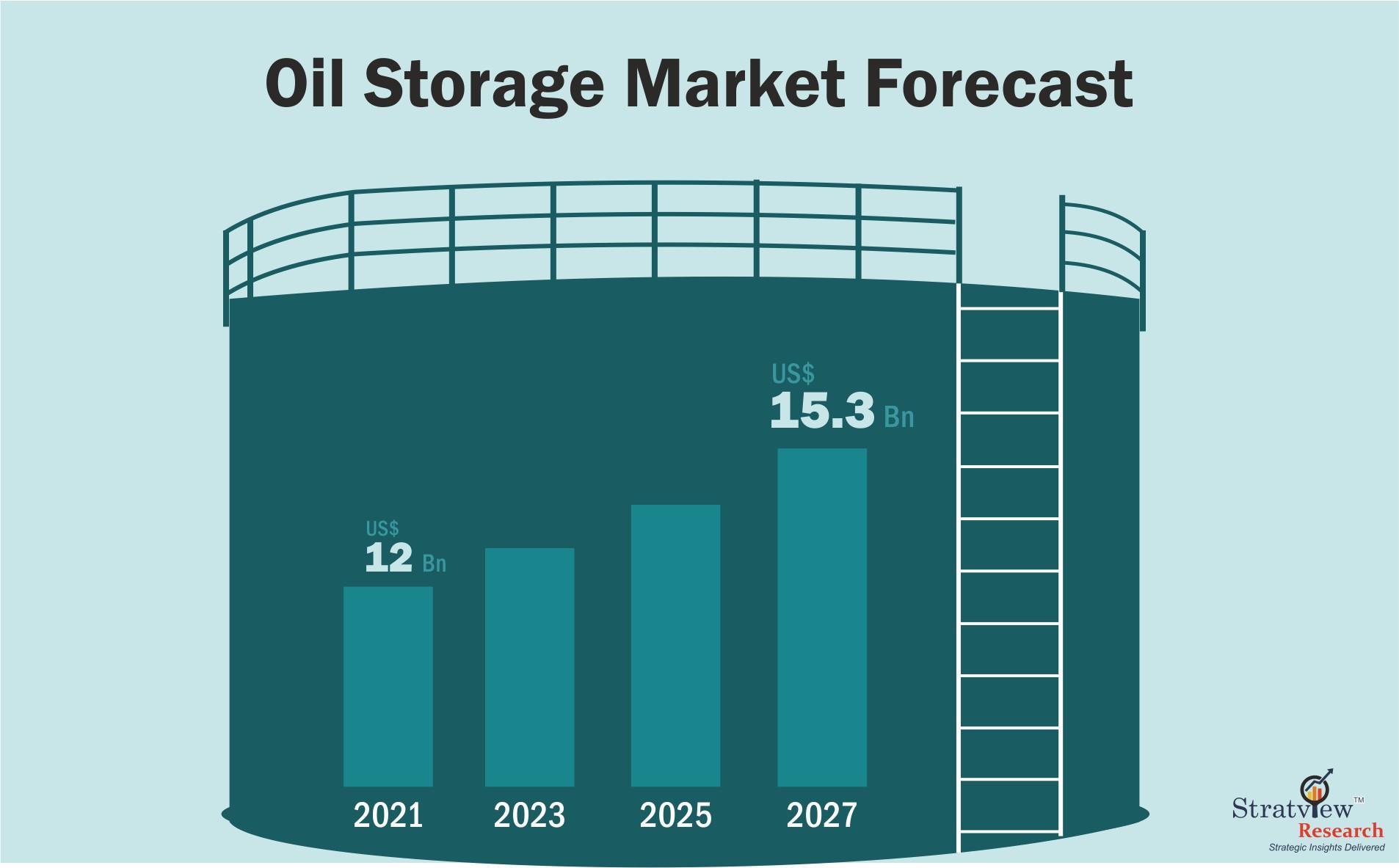The oil storage industry, a critical component of the global energy infrastructure, is undergoing a significant transformation driven by technological advancements. These innovations are enhancing safety, efficiency, and environmental sustainability, reshaping how oil is stored, monitored, and managed. This article explores the key technological advancements that are shaping the future of the oil storage industry.
According to Stratview Research, the oil storage market was estimated at USD 12.0 billion in 2021 and is likely to grow at a CAGR of 4.2% during 2022-2027 to reach USD 15.3 billion in 2027.
Advanced Storage Tank Designs
Modern storage tank designs are a cornerstone of the evolving oil storage industry. Traditional steel tanks are being supplemented and sometimes replaced by advanced composite materials that offer superior strength, corrosion resistance, and durability. These new materials extend the lifespan of storage tanks and reduce maintenance costs. Additionally, the development of floating roof tanks helps minimize the emission of volatile organic compounds (VOCs), significantly reducing environmental impact.
Automated Monitoring Systems
Automation and real-time monitoring systems have revolutionized the oil storage industry. Sensors equipped with Internet of Things (IoT) technology are now commonly used to track the levels, temperature, and pressure of stored oil. These systems provide operators with real-time data, enabling them to make informed decisions quickly. For example, automated leak detection systems can identify and respond to leaks instantly, minimizing the risk of environmental contamination and enhancing overall safety.
Artificial Intelligence and Big Data Analytics
Artificial intelligence (AI) and big data analytics are playing a pivotal role in optimizing oil storage operations. By analyzing vast amounts of data collected from various sensors and monitoring systems, AI algorithms can predict equipment failures, optimize storage utilization, and improve maintenance schedules. Predictive analytics helps in anticipating potential issues before they escalate, ensuring uninterrupted operations and reducing downtime.
Enhanced Safety Protocols
Technological advancements have significantly improved safety protocols within the oil storage industry. Innovations such as robotic inspections and drones equipped with high-resolution cameras and thermal imaging are now used for routine inspections and monitoring of storage facilities. These technologies allow for detailed and accurate assessments of tank integrity and structural health without the need for human intervention, thus reducing the risk of accidents and exposure to hazardous environments.
Environmental Sustainability
Sustainability is a growing concern in the oil storage industry, and technology is playing a crucial role in addressing these challenges. Vapor recovery systems, for instance, capture and recycle emissions from storage tanks, reducing greenhouse gas emissions. Furthermore, renewable energy sources, such as solar and wind, are being integrated into storage facilities to power operations, significantly reducing the carbon footprint of these sites.
Smart Inventory Management
Smart inventory management systems are another technological breakthrough in the oil storage industry. These systems use blockchain technology to enhance transparency, traceability, and security of stored oil. By providing a decentralized and tamper-proof record of transactions and inventory levels, blockchain technology helps in reducing fraud, improving supply chain efficiency, and ensuring compliance with regulatory standards.
Conclusion
Technological advancements are driving a paradigm shift in the oil storage industry, making it safer, more efficient, and environmentally sustainable. Advanced storage tank designs, automated monitoring systems, AI and big data analytics, enhanced safety protocols, and smart inventory management are just a few examples of how technology is transforming the industry. As these innovations continue to evolve, they will play a crucial role in meeting the growing global energy demand while ensuring the protection of the environment and the well-being of the communities around storage facilities.


